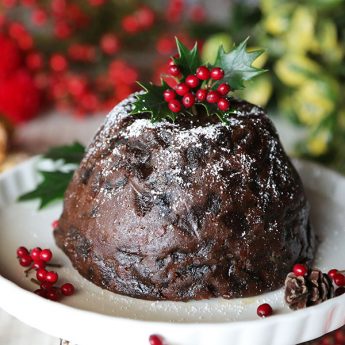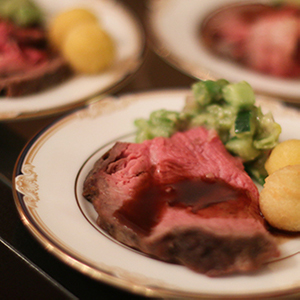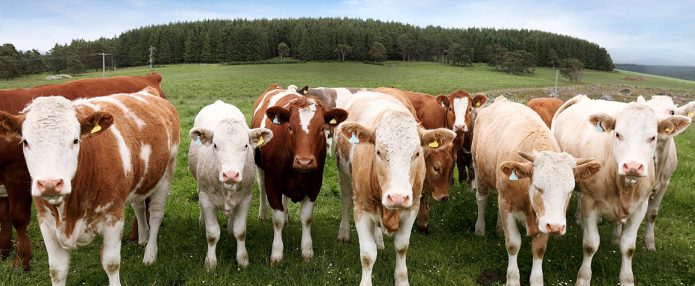Meal served to mark first tasting of UK fare in Japan
• Hirado chief in 1613 had affinity for traditional English dish
Of all the extraordinary culinary experiences for which Britain is famous, roast beef must be very high on the list—if not at the very top.
Served with roast potatoes and parsnips, carrots, Yorkshire pudding, horseradish sauce and a thick gravy, there is nothing more quintessentially English for a Sunday lunch.
Matsura Hoin, the 26th daimyo (feudal ruler) of Hirado, was in complete agreement when the dish was first presented to him on 13 October 1613, from the kitchens of the English trading station set up in the coastal Kyushu town by the East India Company.
So impressed was the daimyo with the unusual and exotic tastes that he requested the same dish be served once more exactly one month later.
And while the meal clearly appealed to Matsura Hoin, Timon Screech, a professor of history of art at the School of Oriental and African Studies, University of London, admitted that the dish “would have been cooked with turnips and onions and would probably have been inedible by today’s standards”.
Screech is the joint chair of the Japan400 organising committee. The group has been setting up a wide range of events throughout 2013 and will continue doing so into next year, to mark four centuries of close diplomatic and trade ties between Britain and Japan.
“The beef would have been stewed and given the unfortunate name of ‘sod’”, Screech told an audience at the Foreign Correspondents’ Club of Japan (FCCJ) on 5 November, 400 years and just a couple of weeks after one of Britain’s trademark national dishes was tested on a Japanese audience for the very first time.
Appropriately, guests at the FCCJ were served roast beef with vegetables, followed by apple pie.
Accounts from 1613 relate that Matsura Hoin “had the generosity to compliment” his visitors from across the world on their cuisine, Screech said, but added that the daimyo may have been demonstrating the politeness for which Japan was already becoming renowned.
“Whether he really did enjoy it, we will never know”.
The FCCJ event was also attended by Akira Matsura, who would have been the 41st daimyo of Hirado and is a direct descendent of the first Japanese to taste a traditional roast beef.
“Matsura Hoin was reportedly very inquisitive about British food and wanted to try turnips and other vegetables cooked in a broth with pieces of meat”, Matsura said.
He added that his ancestor’s comments had been recorded in the diary of John Saris, who headed the first diplomatic mission to Japan that departed from London in April 1611.
“Saris wrote how [Matsura Hoin] enjoyed the meal of beef with vegetables and wine very much”, he said. “I also suffer from gout and I believe that is in my DNA from my ancestors due to their love of British food”.
Screech then recounted the long and arduous journey the British delegation had undertaken before coming ashore at Hirado.
Three ships had initially set out from London, the Clove the newest of the trio and built specifically to undertake the long journey.
The ship’s name was significant in that it signaled the intent of the owners—the East India Company, with the backing of King James—to discover new sources of spices and set up lucrative trading routes back to the markets of Europe.
And unlike the fleets that had previously been dispatched to the Far East by Portugal and Spain, the British sailors were under instructions not to build fortifications wherever they came ashore—a tactic that had immediately alienated locals when the Spanish or Portuguese dropped anchor.
“They were traders”, Screech said. “And they were already aware that Japan was a sophisticated country and they knew that they would need to make contact with the ruler of the country in order to ask permission to trade”.
That was achieved with the assistance of William Adams, an English seaman who had arrived aboard a Dutch ship a dozen years prior and had since won the ear of Tokugawa Ieyasu—who had officially retired but still guided the hand of his son Hidetada—and Hidetada himself, the titular shogun in Edo.
Four hundred years later, trade, as well as diplomatic and cultural ties, are flourishing between two island nations many thousands of miles apart. This is thanks in no small part to a daimyo with a taste for roast beef.






